South Africa
After an excellent coffee from father coffee we were collected from our apartment by MoAfrika for our full day tour of Soweto & the apartheid Museum. There was 10 of us on the morning tour. We headed past the city which doesn’t have many tall buildings, until this journey I hadn’t realised the city was so close, we can see a tower which looks like the Post Office Tower in London from the front balcony. We made a stop at the stadium that hosted the opening & closing ceremonies & games during the FIFA 2010 World Cup, we then headed for Soweto, which stands for South Western Township, our guide Nick used to live there. The township being born following the discovery of gold, we drove through a couple of streets before getting out of the minibus for a 15 minute walk, joining 1 of the locals we set off down a dirt track & were able to view 1 families home. There was a little girl who gave us some lovely smiles & 2 very small babies with 2 women in the front yard area. We were able to go into their room, which was that just 1 room, with 1 bed. Our guide said 10 children lived there & they used a wooden stove to heat during winter & to cook on. Paraffin lamps are used for light. The room was erected from corrugated iron. The rooms were close together, no running water or electricity & they had chemical share toilets that the government took care of, we did pass 1 house with its own drop toilet. There are water taps at the end of the lanes & water is collected in large containers, for houses near a power line illegal electricity was being downloaded via an intricate web of wires, having now passed lots & lots of townships I’ve got used to seeing lots of rubbish around, chickens etc & bricks holding roofing in place. Nick explained that they can earn 250 rand (approximately $25) for a “good” cart of rubbish, 380 rand (approximately $38) per month per child if you are not working & that if a worker earned less that the average wage they may be entitled to a house, he pointed them out to us & they appeared to have solar panels on their roofs which we believe provided hot water & electricity.
We then headed to Orelando West to the memorial & museum for the Soweto uprising which began on 16 June 1976 where the school children went on strike against the order for the use of Afrikaans being used for certain subjects for black school children, a black childs education was funded far less than a white child’s, approximately 6 to 1, plus the white children received free books & the black children had to provide their own. This uprising is represented by the iconic photo of Hector Petterson. The museum was really good but unfortunately we didn’t get a lot of time there. We then headed to Mandela House where we had a very quick tour, we saw a number of bullet holes in the 1 side of the house & learnt Winnie had a wall erected in the house so they could hide behind it.
We then headed to the former power station towers which are now a restaurant, Chaf Pozi, where we experienced a braai, we had chicken wings, boerwurest sausages & beef cutlets, which was also lovely, it was accompanied with a tomato gravy, coleslaw, pap (like a corn porridge) & a mild pepper, been & carrot mix called chakalaka. We ate outdoor, inside the room had very loud music & along 1 side sparkly table cloths on tall bar tables, Nick did confirm that at night it was used as a nightclub.
We then headed to the apartheid Museum, we spent 2 hours there & it was amazing & wasn’t sufficient time. Unfortunately we didn’t start at the beginning which was a bit confusing but once we’d worked that out we went through the following exhibits which were a mixture of information boards, photos, screens with audio & artefacts:
Segregation- the foundation of apartheid
The introduction of apartheid
The Sharpeville massacre & the turn to violence
Life under apartheid in the 1960s
Life on the mines
The homelands & the rise of black consciousness
Political executions & detention without trial
Solitary confinement
The student uprisings (which we’d visited the memorial & museum for early in the day)
The 1980’s - total onslaught mass resistance
Sanctions & international solidarity
Mandela’s release
The early 1990’s - on the brink
The national peace accord & bill of rights
The transition to democracy
1994 elections
The truth and reconciliation commission
The museum was amazing & very moving.
We reboarded our minibus to be dropped back at our apartment. After a cup of tea we headed out to Woolworths to purchase something for dinner, I choose 1/2 baguette & a cheese selection & Richard a pizza. I updated our travel diary & then we ate. We then finished the series of Russian Doll.
Julie Elvidge
38 chapters
16 Apr 2020
Rosebank
February 18, 2019
|
Day 33 - Monday
After an excellent coffee from father coffee we were collected from our apartment by MoAfrika for our full day tour of Soweto & the apartheid Museum. There was 10 of us on the morning tour. We headed past the city which doesn’t have many tall buildings, until this journey I hadn’t realised the city was so close, we can see a tower which looks like the Post Office Tower in London from the front balcony. We made a stop at the stadium that hosted the opening & closing ceremonies & games during the FIFA 2010 World Cup, we then headed for Soweto, which stands for South Western Township, our guide Nick used to live there. The township being born following the discovery of gold, we drove through a couple of streets before getting out of the minibus for a 15 minute walk, joining 1 of the locals we set off down a dirt track & were able to view 1 families home. There was a little girl who gave us some lovely smiles & 2 very small babies with 2 women in the front yard area. We were able to go into their room, which was that just 1 room, with 1 bed. Our guide said 10 children lived there & they used a wooden stove to heat during winter & to cook on. Paraffin lamps are used for light. The room was erected from corrugated iron. The rooms were close together, no running water or electricity & they had chemical share toilets that the government took care of, we did pass 1 house with its own drop toilet. There are water taps at the end of the lanes & water is collected in large containers, for houses near a power line illegal electricity was being downloaded via an intricate web of wires, having now passed lots & lots of townships I’ve got used to seeing lots of rubbish around, chickens etc & bricks holding roofing in place. Nick explained that they can earn 250 rand (approximately $25) for a “good” cart of rubbish, 380 rand (approximately $38) per month per child if you are not working & that if a worker earned less that the average wage they may be entitled to a house, he pointed them out to us & they appeared to have solar panels on their roofs which we believe provided hot water & electricity.
We then headed to Orelando West to the memorial & museum for the Soweto uprising which began on 16 June 1976 where the school children went on strike against the order for the use of Afrikaans being used for certain subjects for black school children, a black childs education was funded far less than a white child’s, approximately 6 to 1, plus the white children received free books & the black children had to provide their own. This uprising is represented by the iconic photo of Hector Petterson. The museum was really good but unfortunately we didn’t get a lot of time there. We then headed to Mandela House where we had a very quick tour, we saw a number of bullet holes in the 1 side of the house & learnt Winnie had a wall erected in the house so they could hide behind it.
We then headed to the former power station towers which are now a restaurant, Chaf Pozi, where we experienced a braai, we had chicken wings, boerwurest sausages & beef cutlets, which was also lovely, it was accompanied with a tomato gravy, coleslaw, pap (like a corn porridge) & a mild pepper, been & carrot mix called chakalaka. We ate outdoor, inside the room had very loud music & along 1 side sparkly table cloths on tall bar tables, Nick did confirm that at night it was used as a nightclub.
We then headed to the apartheid Museum, we spent 2 hours there & it was amazing & wasn’t sufficient time. Unfortunately we didn’t start at the beginning which was a bit confusing but once we’d worked that out we went through the following exhibits which were a mixture of information boards, photos, screens with audio & artefacts:
Segregation- the foundation of apartheid
The introduction of apartheid
The Sharpeville massacre & the turn to violence
Life under apartheid in the 1960s
Life on the mines
The homelands & the rise of black consciousness
Political executions & detention without trial
Solitary confinement
The student uprisings (which we’d visited the memorial & museum for early in the day)
The 1980’s - total onslaught mass resistance
Sanctions & international solidarity
Mandela’s release
The early 1990’s - on the brink
The national peace accord & bill of rights
The transition to democracy
1994 elections
The truth and reconciliation commission
The museum was amazing & very moving.
We reboarded our minibus to be dropped back at our apartment. After a cup of tea we headed out to Woolworths to purchase something for dinner, I choose 1/2 baguette & a cheese selection & Richard a pizza. I updated our travel diary & then we ate. We then finished the series of Russian Doll.
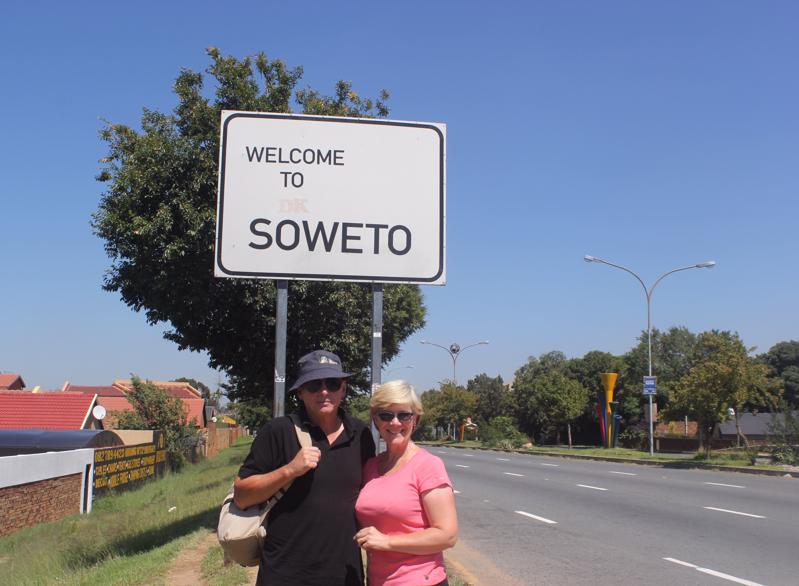
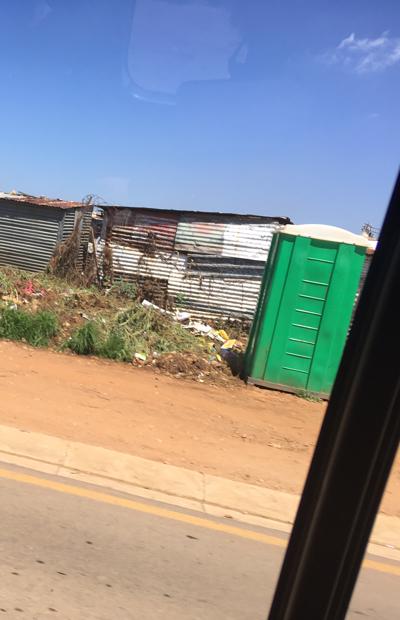
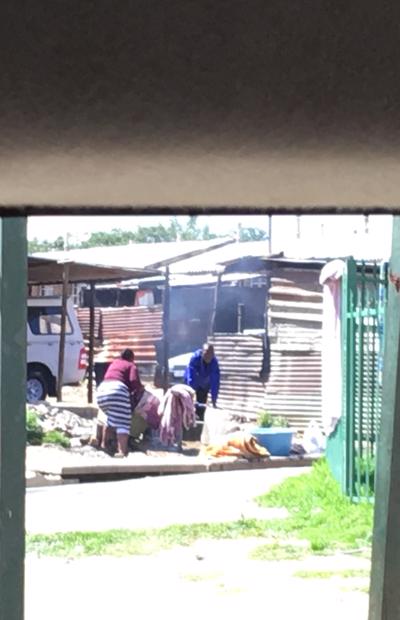
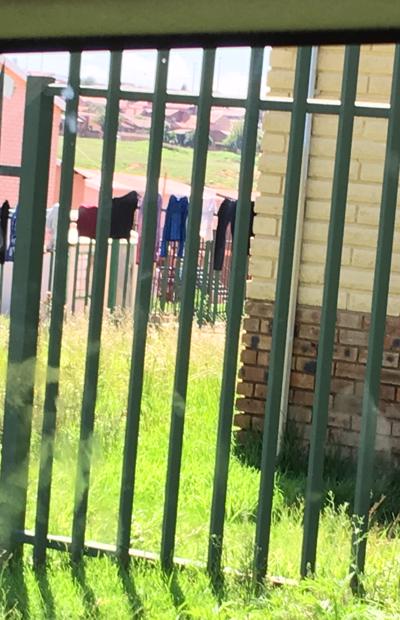
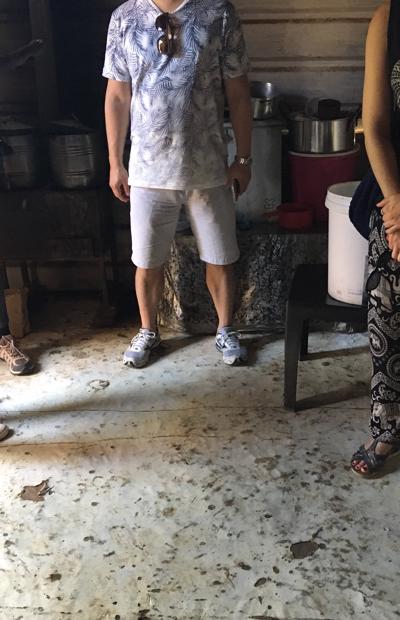
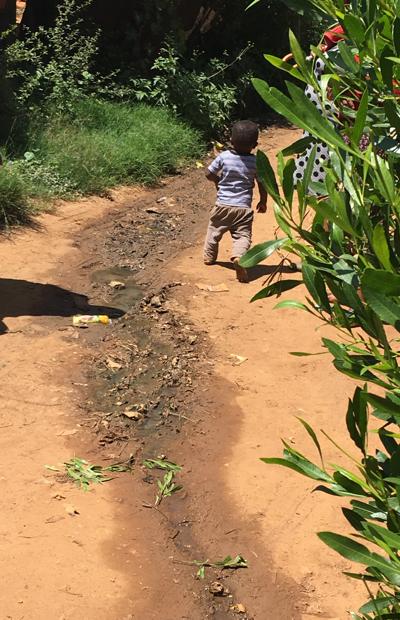
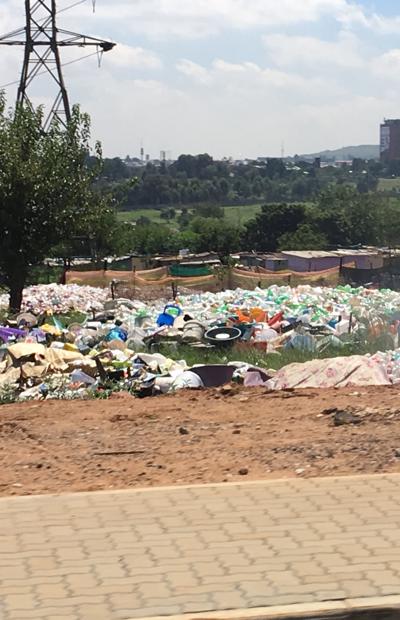
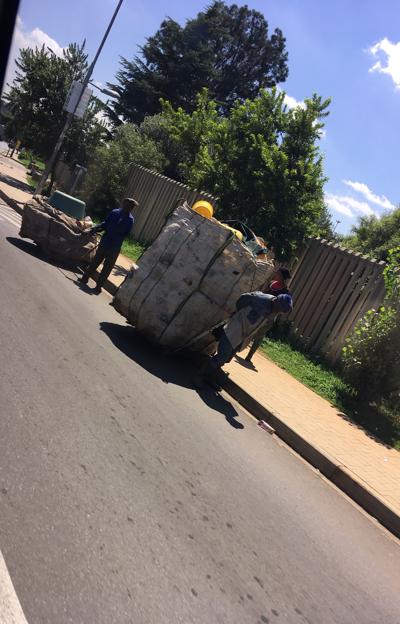
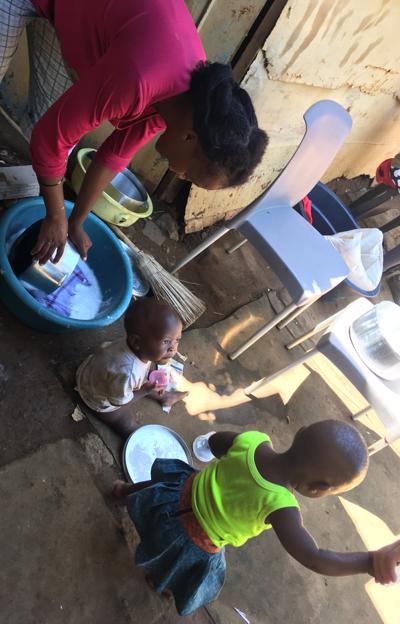

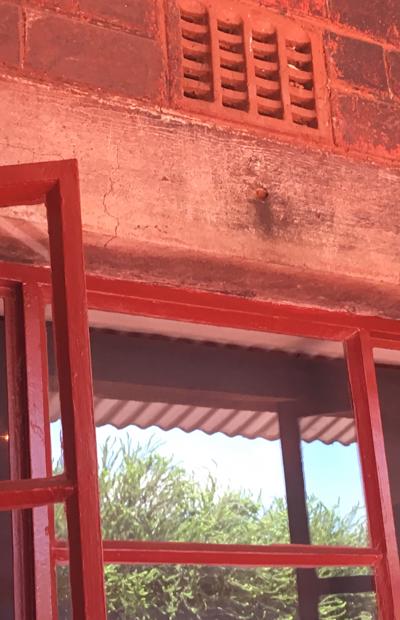
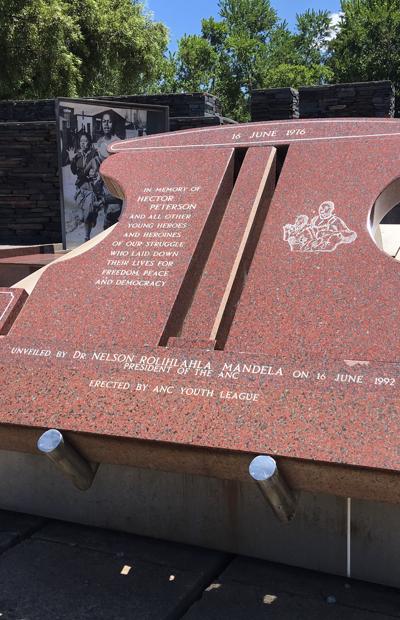
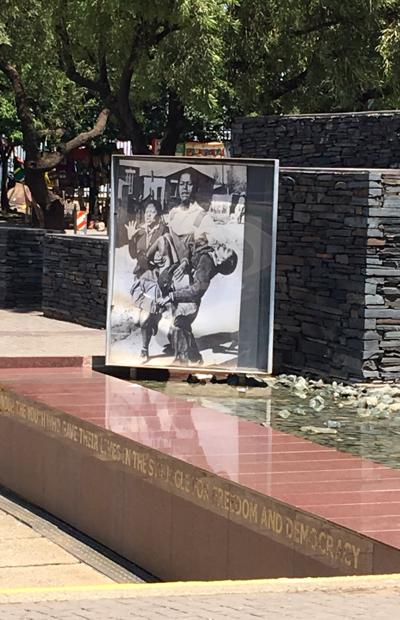
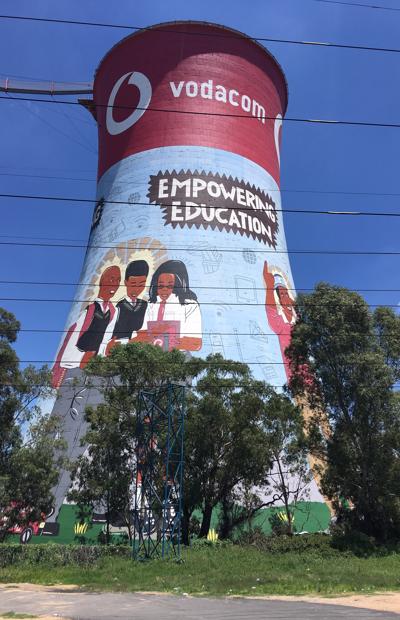
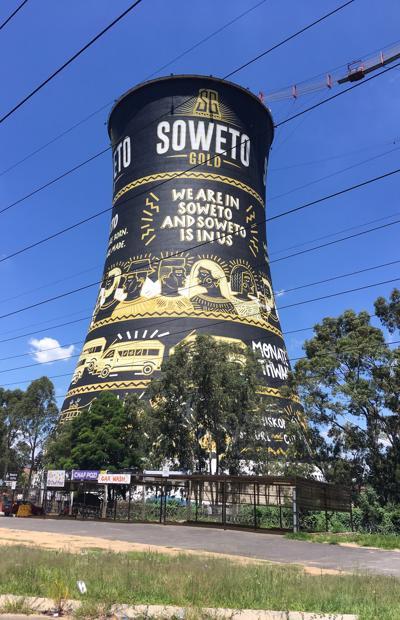

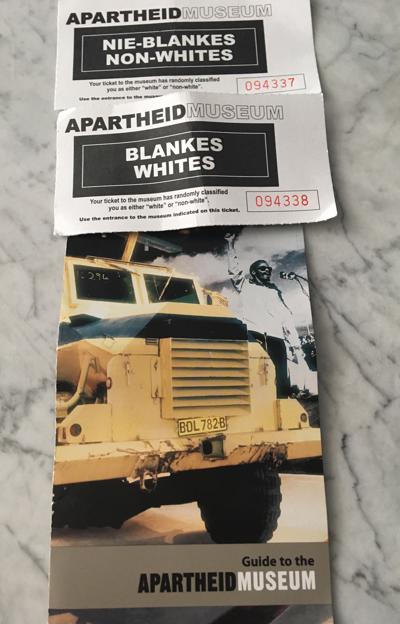
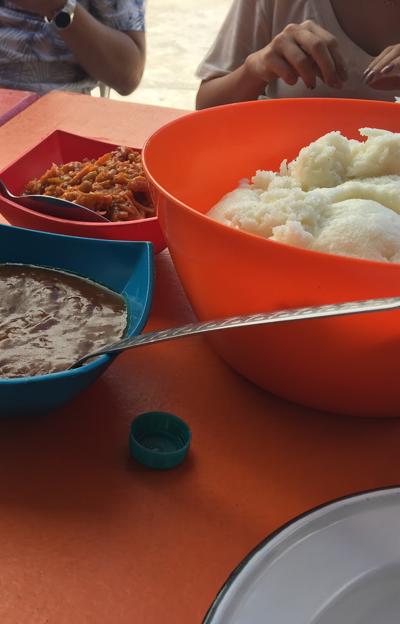
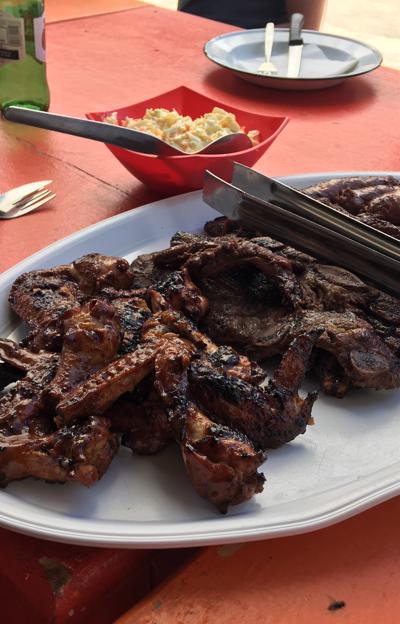
1.
Melbourne Airport
2.
South Africa
3.
Camps Bay
4.
Camps Bay
5.
Camps Bay to Simon’s Town
6.
Simon’s Town
7.
Simon’s Town to Paternoster
8.
Paternoster
9.
Paternoster
10.
Paternoster to Paarl
11.
Paarl
12.
Paarl to Oudtshoorn
13.
Oudtshoorn to The Karoo National Park
14.
The Karoo National Park
15.
The Karoo National Park to Jeffery’s Bay
16.
Jeffery’s Bay
17.
Jeffery’s Bay
18.
Jeffery’s Bay
19.
Jeffery’s Bay (Addo Elephant National Park)
20.
Jeffery’s Bay to Natures Valley
21.
Nature’s Valley
22.
Natures Valley to Knysna
23.
Knysna
24.
Knysna
25.
Knysna to Greyton
26.
Greyton
27.
Greyton
28.
Greyton to Bakoven (with a stop at Franschhoek)
29.
Bakoven
30.
Bakoven
31.
Bakoven to Rosebank
32.
Rosebank
33.
Rosebank
34.
Rose Bank to Krueger National Park
35.
Ngala Private Game Reserve
36.
Ngala Private Game Reserve
37.
Ngala Private Game Reserve - Johannesburg O.R. Tambo International Airport
38.
Our South African adventure
Share your travel adventures like this!
Create your own travel blog in one step
Share with friends and family to follow your journey
Easy set up, no technical knowledge needed and unlimited storage!